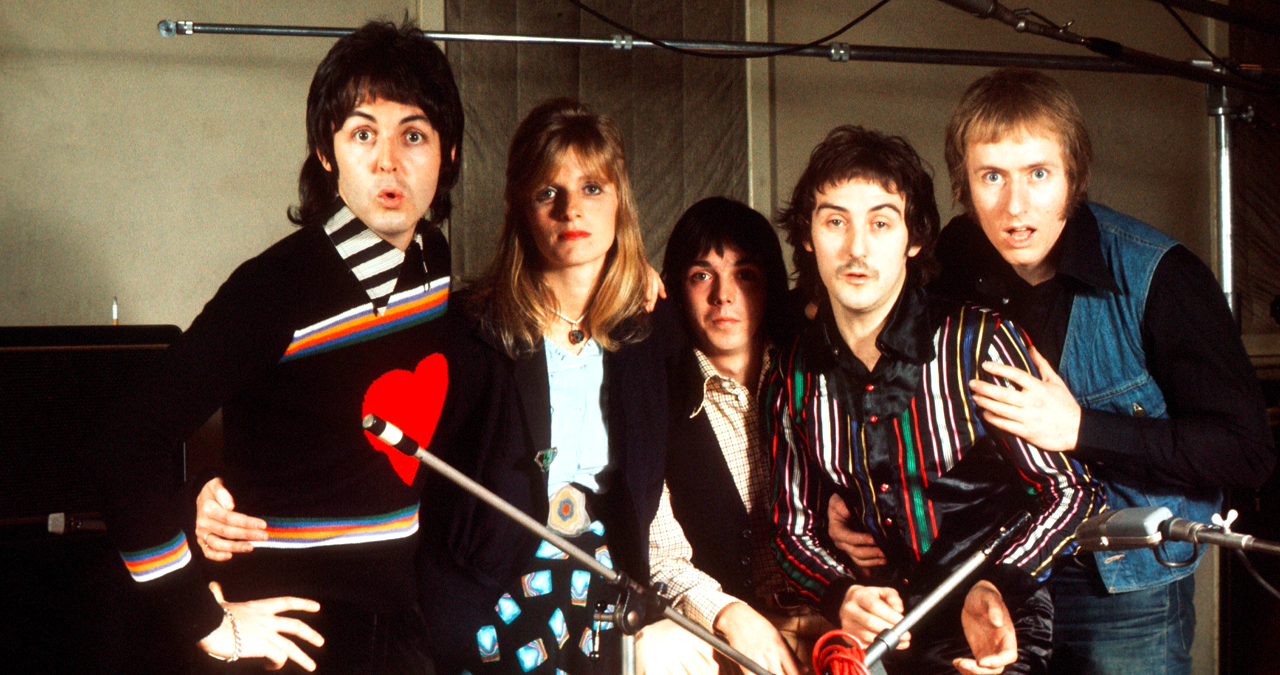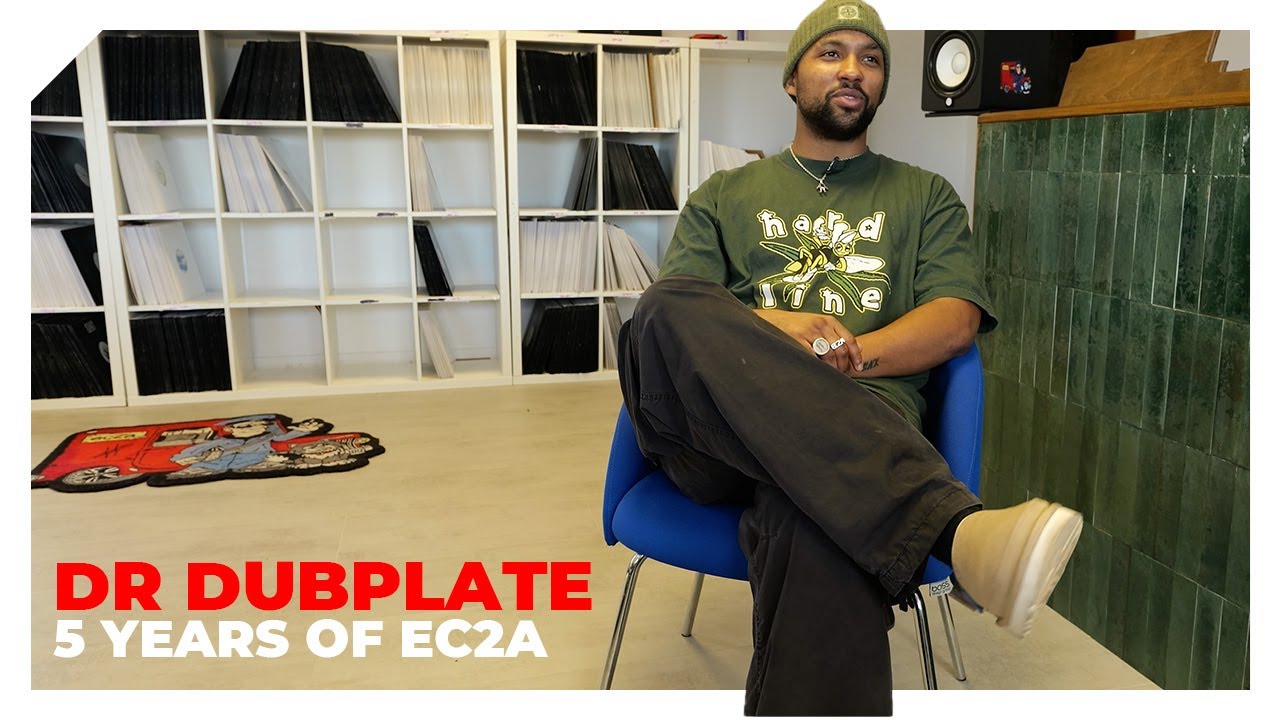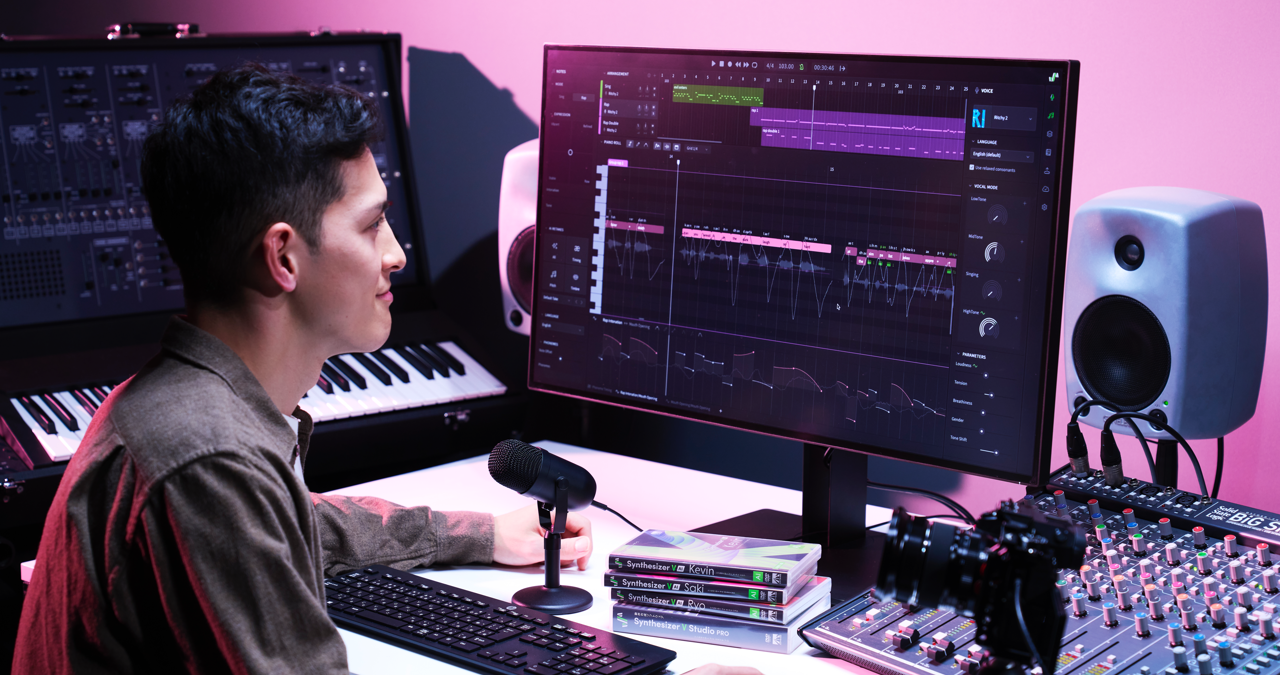7 things to consider when setting up a digital piano at home
Take the fear out of setting up your digital piano with our handy tips and tricks
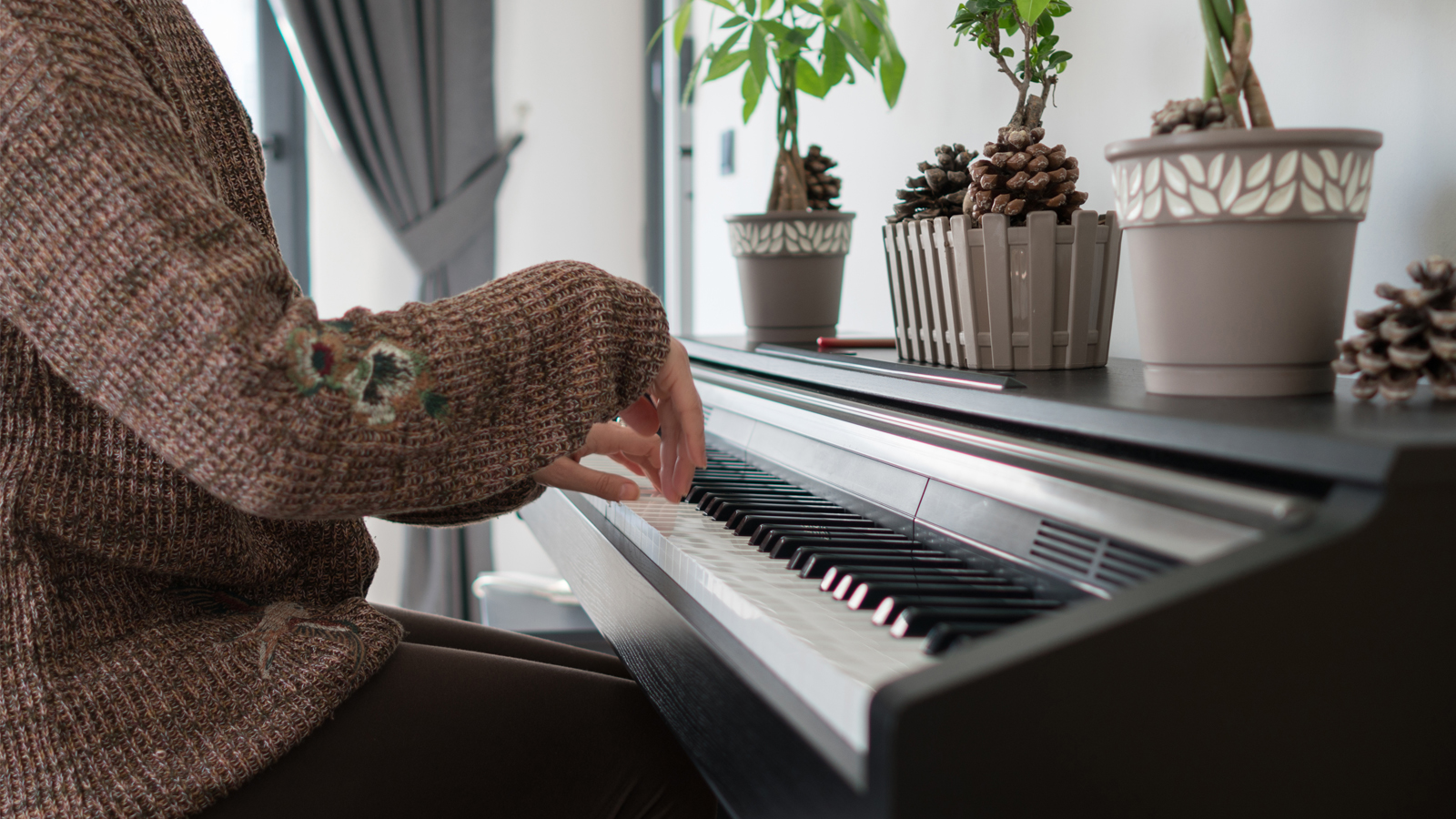
You don't have to be a 19th-century detective in a deerstalker to work out the benefits of going for a digital piano. These high-tech instruments are lighter, smarter and don't require the expensive upkeep of their acoustic counterparts. That said, setting one up can be a daunting task - especially if you are new to the world of pianos.
So, whether you are preparing to set up your beginner digital piano, need tips on how to optimize your stage piano set-up, or just want to know what to expect when your new instrument arrives, we are here to help. We aim to show you that there is nothing to be afraid of when it comes to setting up a digital piano at home, and with our tips, you'll have your new piano up and running in no time, with no hassle - you might even say with these tips it will be elementary.
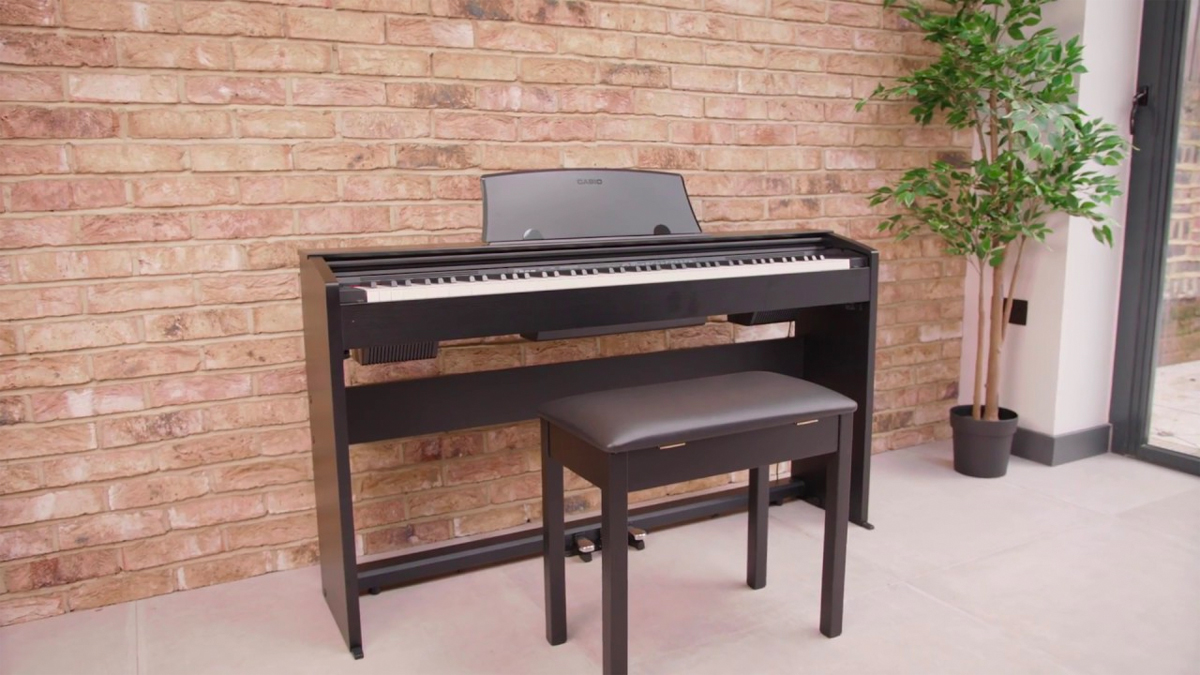
1. How much space do you need for your new piano?
To ensure the delivery and set up of your brand new instrument goes as smoothly as possible, it's essential to be as prepared as you can be. Therefore the first step is to measure the space you plan on putting your piano in. Now, most pianos are all a very similar length - as most have to accommodate the 88 keys - but they can vary wildly in depth and height, so make sure you take that into account when deciding on the perfect spot for your new pride and joy. You'll find the exact measurements for your chosen piano on the manufacturer's website, so head there to find out what you are working with - also don't forget to factor in enough space for you to sit the correct distance away from the keys.
Obviously, pianos are bulky items, and while it's important to map out exactly where in the room it's going, it's also pertinent to measure the doors and corridors to ensure the piano will arrive at its intended destination in the house in one piece and without damaging all the walls or door frames on its way.
2. How your piano will arrive
Ordering a piano online may seem like a strange thing to do - it's an expensive purchase after all - but really, it isn't all that different from ordering a sofa, a bed or any other bulky piece of furniture for that matter.
Now, which music retailer you order your piano from - and how far your piano has to travel - will affect how the instrument arrives. Most of the big companies will offer a delivery service, with some even offering to build your new piano on site. However, bear in mind there can be additional costs involved if the piano needs to be carried upstairs or positioned in an awkward place.
Okay, so say you can't have your new piano built by professionals, how will it arrive then? Well, most digital pianos will come in a single box and require at least two people to lift it - three if you want to make sure it's extra stable. So make sure you have a couple of friends who are feeling fit to help you.
Get the MusicRadar Newsletter
Want all the hottest music and gear news, reviews, deals, features and more, direct to your inbox? Sign up here.
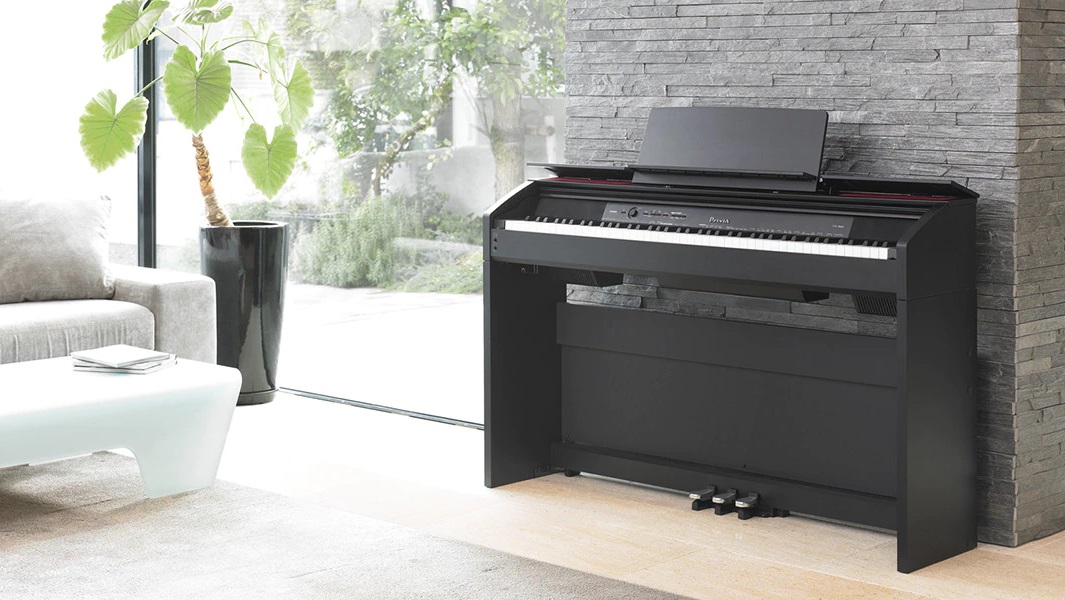
3. How to build your digital piano
Right, so you've managed to get the piano into the house, navigated the twists and turns of your hallway, and it's finally in the correct room. So, the next step is to build it.
This is usually the part that fills most people with fear, but it's actually very simple. Just like building flat-pack furniture, putting together a digital piano takes a little bit of patience, and again an extra pair of hands will help.
After opening the box, you'll need to remove the top of the piano. This is the heaviest part, as it contains the keys, electronics, and speaker system. It's essential to do this with two people, paying careful attention to the underside of the piano, as you don't want to damage the speakers. Our tip would be to lift the top out of the box and get someone else to remove all the parts and instructions for building the legs and then return the top to the box - it really is the safest place for it.
The next step is to simply screw the legs and the pedalboard unit together. In our experience, all the big brands such as Yamaha, Roland, Casio and Kawai have very detailed and easy-to-follow instructions, so don't try and skip any steps and follow them to the letter - and you'll be fine. Our top tip is to not fully tighten the legs until the top is added, as this gives you a little movement in the stand, allowing you to line up the screw holes more easily.
Then lastly, all that's left to do is add the top, fully tighten all the screws, plug in the power cable and pedalboard, and you're ready to rock and roll. It's that simple.
If you have opted for a stage piano, there is no building required, but you will need a good-quality keyboard stand. For example, suppose you have an 88-note, fully weighted keys piano. In that case, we highly recommend a double-braced stand to ensure your new instrument is sturdy. For semi-weighted or non-weighted keyboards, you'll most likely get away with a single braced stand.
4. Where should you position your digital piano?
Digital pianos aren't affected by environmental factors like their acoustic cousins. When it comes to traditional pianos, you have to be very careful where you put them, as changes in temperature can drastically affect the instrument's performance - and tuning.
So good news then if you have limited space, as your digital piano will be just as happy in the middle of the room as it would be under a window, or even in front of a radiator. There is one consideration, however. Suppose you live in a flat or semi-detached house. In that case, you may want to avoid putting your piano up against a conjoining wall, as they are pretty loud, and the bass frequencies can travel. That said, if that is your only option, then you can keep the volume down or even use headphones, so as to not disturb the neighbours.
You'll also have to remember and place your new piano close to a power source, or at least be able to run an extension cable to the piano. Try and avoid stretching the power lead if possible, as over time this will damage the cable.
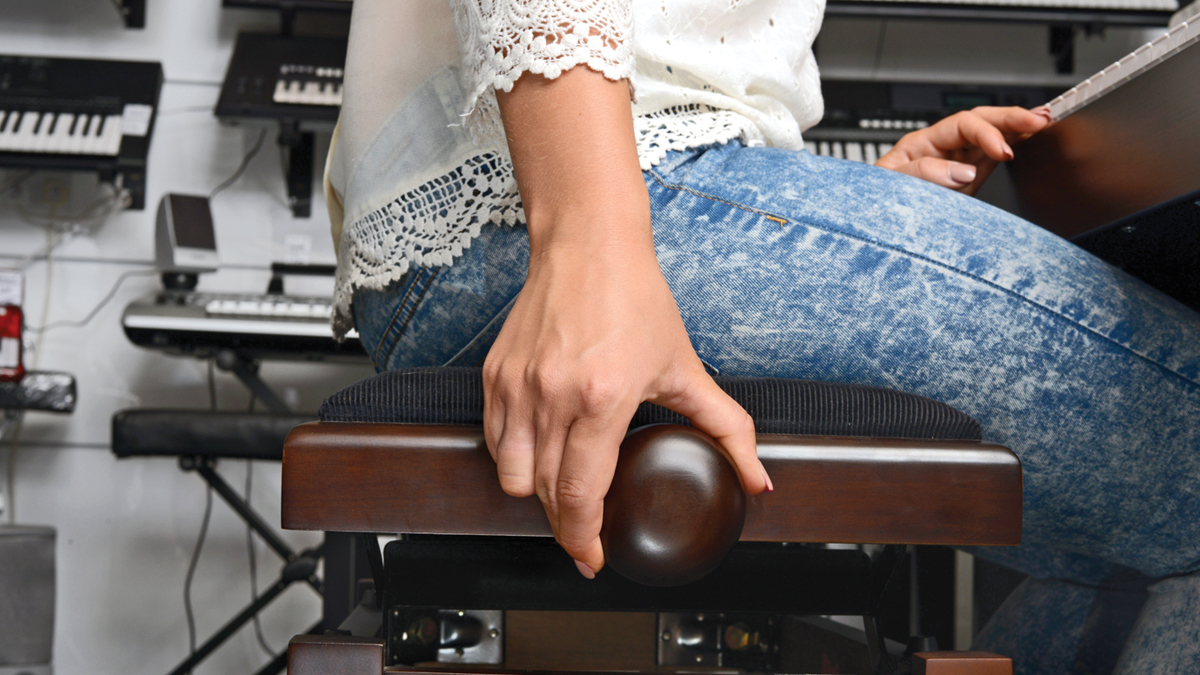
5. How to set the height of your piano bench
Now, to ensure you are comfortable and getting the most from your instrument, you need to be sat with the correct posture - and a big part of that is setting the height of your piano bench.
Our favourite style of piano stool is the rise and fall - or adjustable - bench. As the name suggests, this allows you to change the seat's height by twisting the rollers at the side of the bench.
When you are sitting at the piano, you want to be relaxed, and your shoulder and forearm should be parallel to the floor, with your arm at a slight angle - so adjust your bench until you feel like you've achieved this. For more information, check out our guide to sitting correctly at the piano.
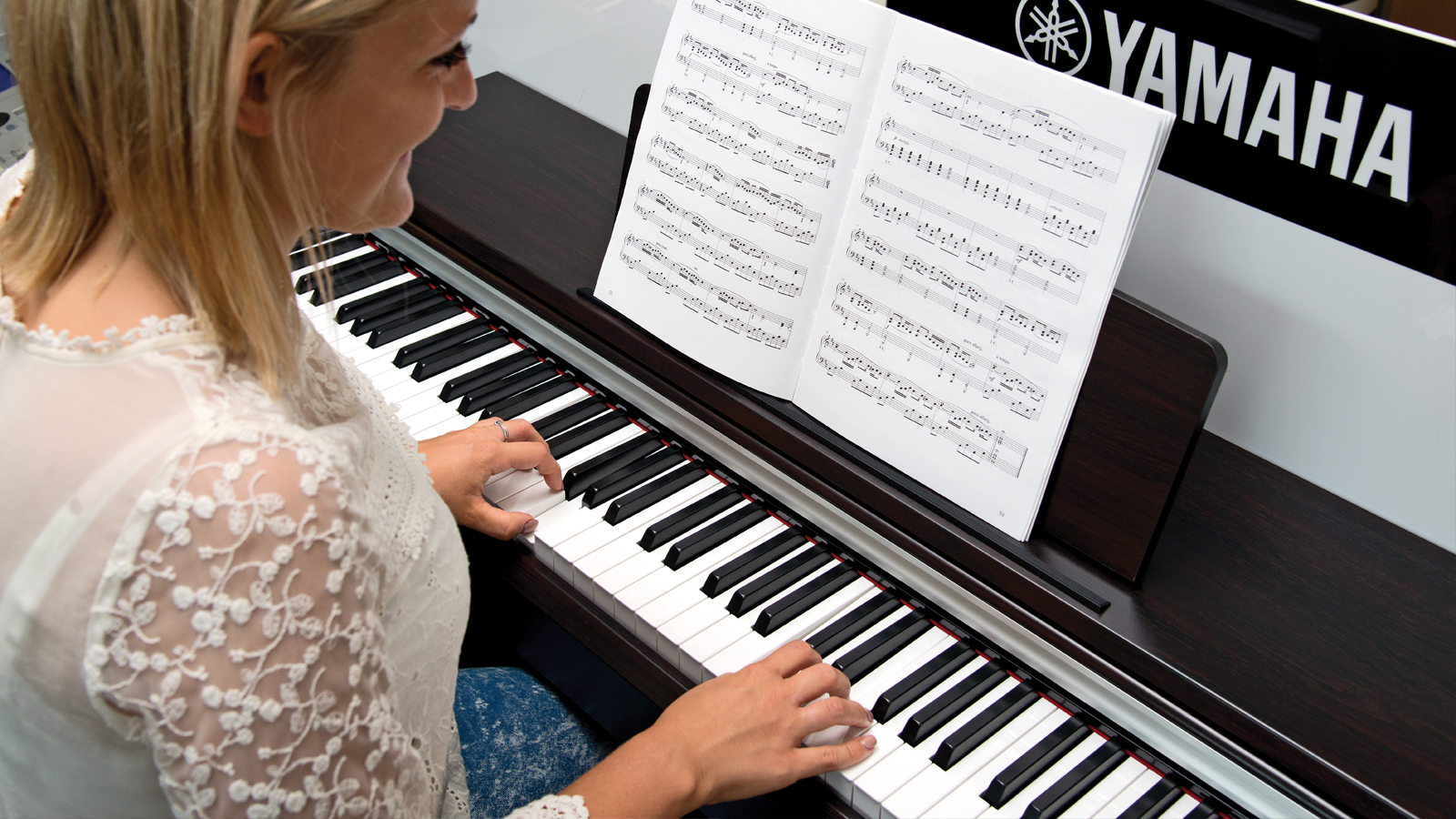
6. How to set up your piano for the best sound
So now that you are sitting comfortably, you can get playing - but you can take one last step to make sure you are getting the most out of your new piano - and that's setting up your piano for the best sound.
The room your piano is in can dramatically change the sound it produces. For example, reflective surfaces such as the walls or wooden floors can make the piano sound brighter, with more ambience. In contrast, thick carpets and heavy curtains can absorb high-frequencies, resulting in a darker sound.
Luckily, all digital pianos will allow you to adjust the settings of the overall EQ, the reverb and even the string resonance. So, it's worth playing around with these settings and fine-tuning your instrument to the room - don't worry if you mess it up, you can always go back to the factory setting with the push of a button!
7. Do I need anything else?
While it's true you can get away with nothing more than the piano and a good bench, it's worth investing in a great set of headphones. Investing in a specific set of headphones for your digital piano will not only mean you don't annoy your neighbours or family members, but it will also mean you hear the full potential of your new instrument. We have put together this handy guide to the best headphones for digital pianos to help you find the perfect pair. Each entry on the list can reproduce the entire frequency range associated with a piano - from extreme lows to bright, articulate highs, you'll hear it all.
Obviously, as mentioned before, if you have a stage piano, you'll need a keyboard stand, and if you are a beginner, it is worth grabbing a decent sized music stand, so you can keep all your sheet music and learning materials in check.
If you haven't done so already, check out what we believe are the essential piano accessories you need to get started.
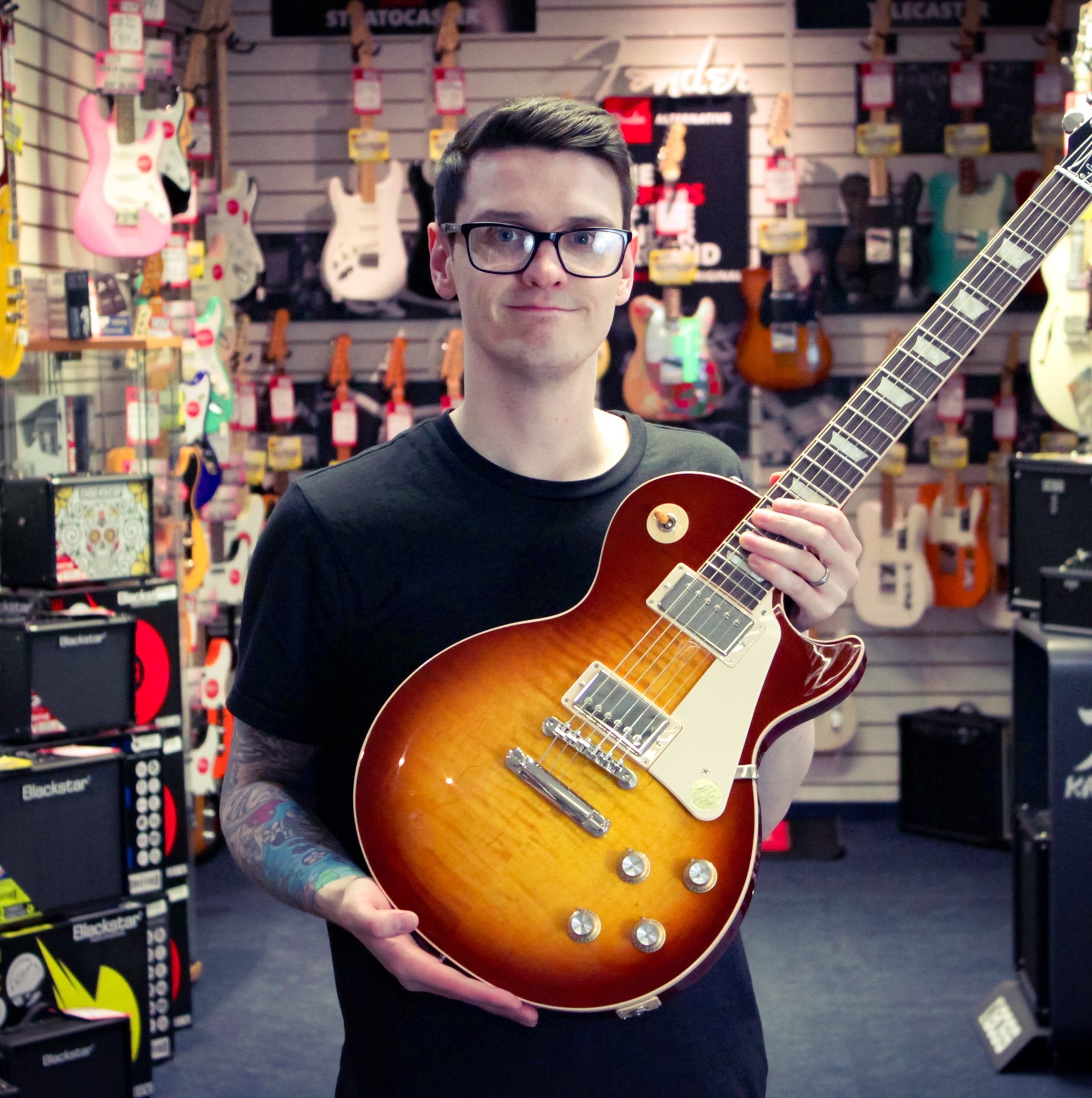
I'm a Senior Deals Writer at MusicRadar, and I'm responsible for writing and maintaining buyer's guides on the site - but that's not all I do. As part of my role, I also scour the internet for the best deals I can find on gear and get hands-on with the products for reviews. My gear reviews have been published in prominent publications, including Total Guitar and Future Music magazine, as well as Guitar World.com. I've also had the privilege of interviewing everyone from Slash to Yungblud, as well as members of Sum 41, Foo Fighters, The Offspring, Fever 333 and many more.
I have a massive passion for anything that makes a sound, particularly guitars, pianos, and recording equipment. In a previous life, I worked in music retail, giving advice on all aspects of music creation and selling everything from digital pianos to electric guitars, entire PA systems, and ukuleles. I'm also a fully qualified sound engineer who holds a first-class Bachelor's degree in Creative Sound Production from the University of Abertay and I have plenty of experience working in various venues around Scotland.
MusicRadar deals of the week: Enjoy a mind-blowing $600 off a full-fat Gibson Les Paul, £500 off Kirk Hammett's Epiphone Greeny, and so much more
“For those who think they know Joel’s story, as well as those who are not as familiar, I believe this two-part film is both a revelation and a surprise”: New Billy Joel doc is on the way



